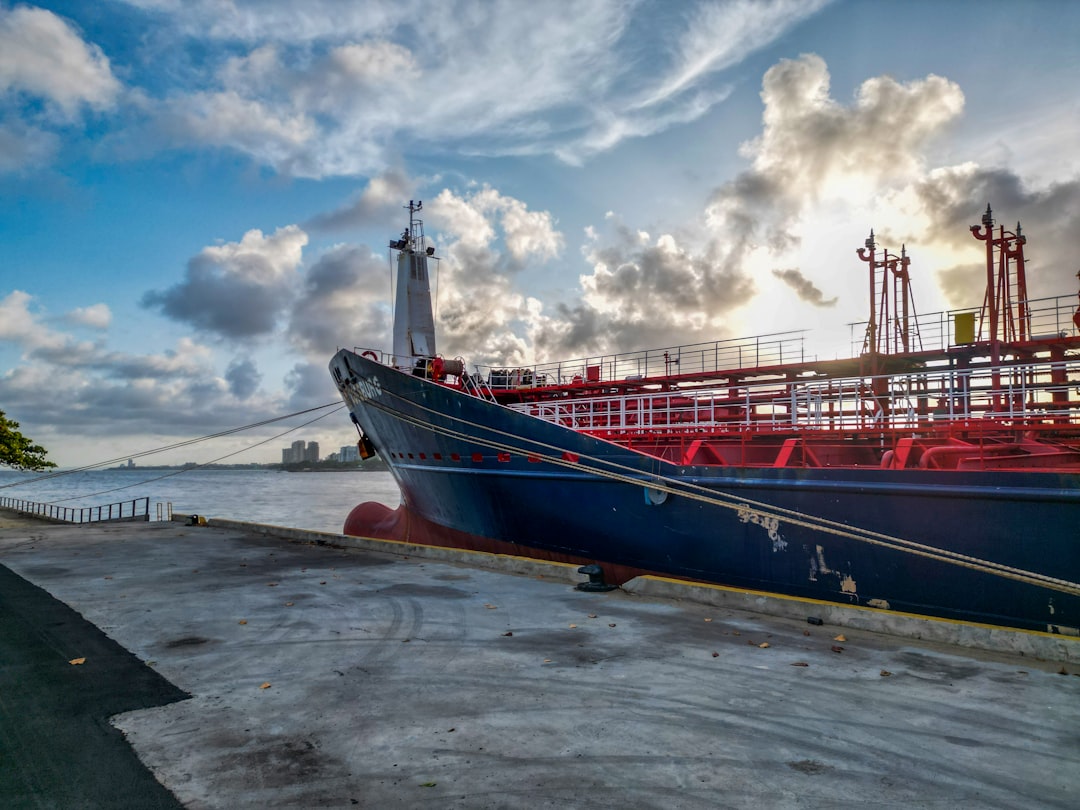In today’s globalized economy, efficient logistics are the lifeblood of successful businesses. The intricate interplay between maritime and land transportation forms the backbone of most supply chains, demanding a sophisticated strategy to ensure timely and cost-effective delivery of goods. This comprehensive guide delves into key strategies for optimizing your maritime and land logistics, helping you navigate the complexities and achieve seamless global trade.
1. Optimizing Maritime Transportation: Charting a Course for Efficiency
Maritime transport, while cost-effective for large volumes, presents unique challenges. Optimizing this leg of your supply chain requires careful consideration of several factors. Choosing the right vessel type – from container ships to bulk carriers – is crucial, depending on the nature and volume of your cargo. Careful route planning, considering factors like weather patterns, port congestion, and canal availability, is essential for minimizing transit times and potential delays. Furthermore, leveraging technology like advanced vessel tracking systems and predictive analytics can provide real-time visibility into your cargo’s journey, enabling proactive intervention in case of unforeseen circumstances. Negotiating favorable freight rates with reliable shipping lines is also paramount to controlling costs. Finally, understanding and complying with international maritime regulations and documentation processes is crucial for avoiding costly delays and penalties.
2. Integrating Land Transportation: The Final Mile and Beyond
The seamless transition from maritime to land transportation is critical. Efficient land logistics involves selecting the optimal mode of transport – trucking, rail, or a combination – based on factors like distance, delivery time requirements, and cargo characteristics. For example, trucking offers flexibility for door-to-door delivery, while rail is more cost-effective for long distances and high volumes. Effective last-mile delivery strategies are also crucial, particularly for e-commerce businesses. This might involve utilizing specialized delivery services, optimizing delivery routes with route planning software, and implementing efficient warehouse management systems. Careful consideration of customs clearance procedures and documentation requirements is also essential for avoiding delays at border crossings.
3. Technology’s Role in Integrated Logistics Management
Technology plays a transformative role in modern logistics. Transportation Management Systems (TMS) integrate various aspects of the supply chain, providing real-time visibility into cargo location, transit times, and potential disruptions. This allows for proactive problem-solving and optimized decision-making. Furthermore, the use of blockchain technology offers enhanced security and transparency in tracking goods throughout the supply chain, reducing the risk of fraud and improving traceability. Data analytics provides valuable insights into historical performance, allowing businesses to identify areas for improvement and optimize their logistics strategies. Investing in appropriate technology is crucial for gaining a competitive edge in today’s dynamic global market.
4. Risk Management and Contingency Planning: Navigating Uncertainties
The global supply chain is susceptible to various risks, including geopolitical instability, natural disasters, port congestion, and unforeseen delays. Effective risk management involves identifying potential threats, assessing their likelihood and impact, and developing mitigation strategies. This might include diversifying transportation routes, utilizing alternative modes of transport, and establishing robust contingency plans to address potential disruptions. Insurance is also a vital component of risk management, protecting against financial losses due to unforeseen circumstances. Regularly reviewing and updating your risk management strategy is crucial to adapt to the ever-changing global landscape.
5. Collaboration and Communication: Building a Strong Supply Chain Ecosystem
Effective logistics management requires strong collaboration and communication among all stakeholders involved in the supply chain, including shippers, carriers, freight forwarders, customs brokers, and warehouse operators. Open communication channels, utilizing tools like collaborative platforms and real-time tracking systems, are essential for maintaining transparency and ensuring efficient information flow. Building strong relationships with reliable partners is also crucial for navigating challenges and ensuring seamless operations. Regular performance reviews and feedback mechanisms help identify areas for improvement and strengthen the overall supply chain ecosystem.
By implementing these strategies, businesses can optimize their maritime and land logistics, achieving cost-effectiveness, efficiency, and improved customer satisfaction. The key lies in a holistic approach that integrates technology, risk management, and collaborative partnerships to create a truly seamless supply chain.
SEO Tags: Maritime Logistics, Land Logistics, Supply Chain Management, Global Logistics, Transportation Management




